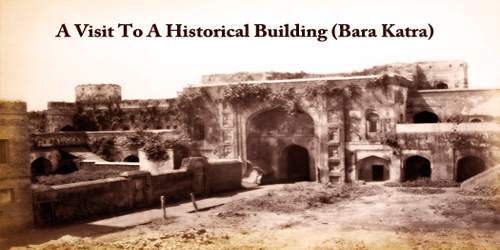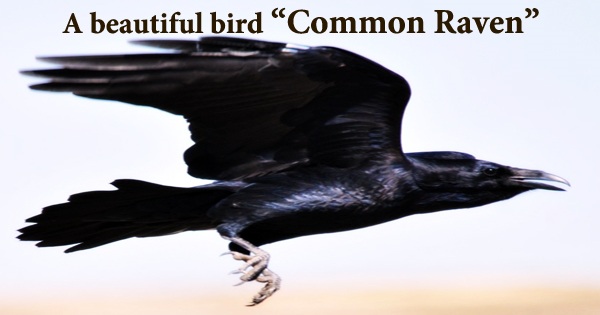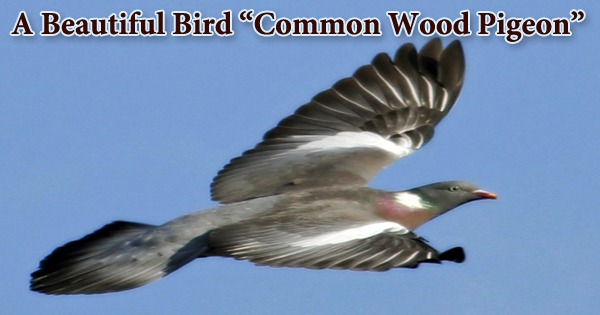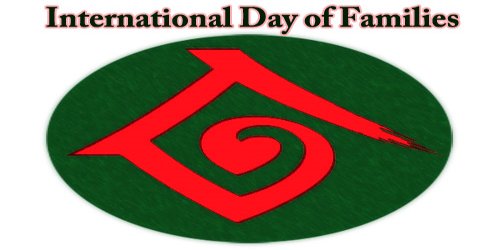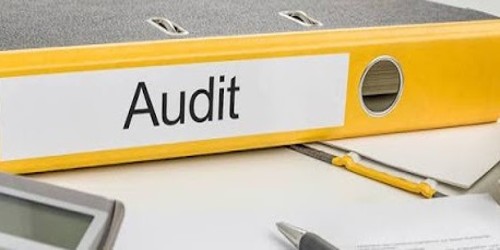Last year, during the summer vacation, I had a chance to visit ‘Bara Katra’, in the company of some friends. It is an important historical building in Bangladesh. Bara Katra (Bengali: বড় কাটরা; Great Caravanserai) is an architectural relic of Dhaka city; it is situated to the south of Chawk Bazar close to the bank of the river Buriganga. It is one of the oldest buildings in Dhaka. The word ‘Katra’ may have originated from Arabic word ‘Katara’ which means colonnaded building. ‘Katra/ katara’ in Arabic and Persian means ‘Caravan (Karwan) Sarai’ or simply a ‘Sarai’. It is a palatial building dating to the reign of the Mughal dynasty in the Bengal region. This dilapidated Mughal-era structure is one of the oldest buildings in Dhaka, although searching for it among the high-walled, pinched alleyways of this part of the city can be a challenge. Bara Katra, once a palace of monumental dimensions, was built in 1644 and now has a street running through its arched entrance.
Built between 1644 and 1646 as the official residence of the second son of Mughal emperor Shah Jahan – Shah Shuja the palatial building known as Bara Katra is located near the north bank of the Buriganga River in the Bangladeshi city of Dhaka. It was intended to be Shah Shuja’s residence, but Shah Shuja endowed it to Mir Abul Qasem, the diwan (chief revenue official). Today it is considered to be a significant architectural and historical monument from the era of the Mughal dynasty in the Bengal region. The building follows the traditional pattern of Central Asian caravanserais and is embellished as per Mughal architecture. Originally it enclosed a quadrangular courtyard. Originally, the Katra enclosed a quadrangular courtyard with 22 rooms on all of its four sides. Its southern wall is 67.970m long. Probably the length of its Northern wall was same. Its west and eastern wall was 70.104m long, though at present it is difficult to measure its actual length. Two gateways were erected, one each on the north and south. The ruins consist of an edifice having a river frontage. The southern wing of the structure was planned on a grand scale and was marked with an elaborate three-storeyed gate containing an octagonal central chamber. The remaining portion was two-storeyed and encased by projected octagonal towers. The gateway structure is rectangular in the plan. It is lofty in height and its fronton is projected towards the river. While only a small portion of the original structure remains standing, the building is still occupied, used mostly as storerooms, and there’s a small prayer room on top.
Unfortunately, time and the elements have taken their toll on Bara Katra, and urban development have encroached upon its surroundings, but visitors are nonetheless able to get an idea of the majesty it once had during the era of the Mughal dynasty in Bangladesh.
